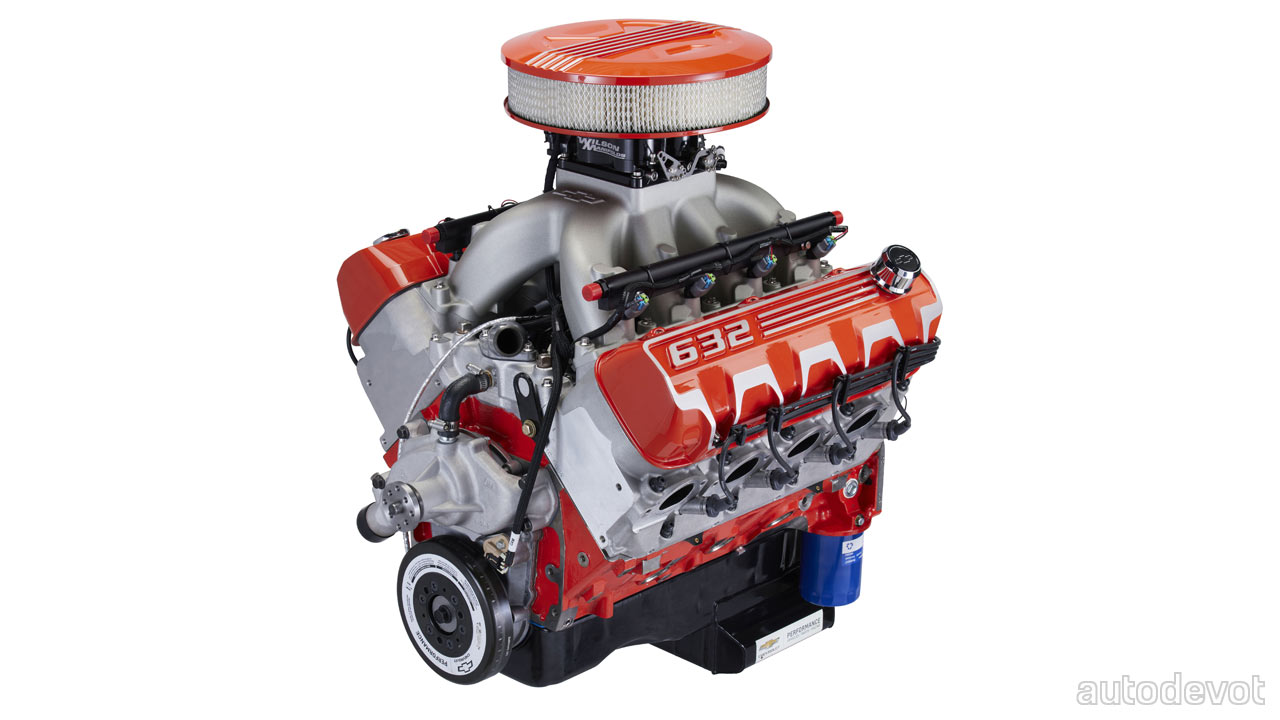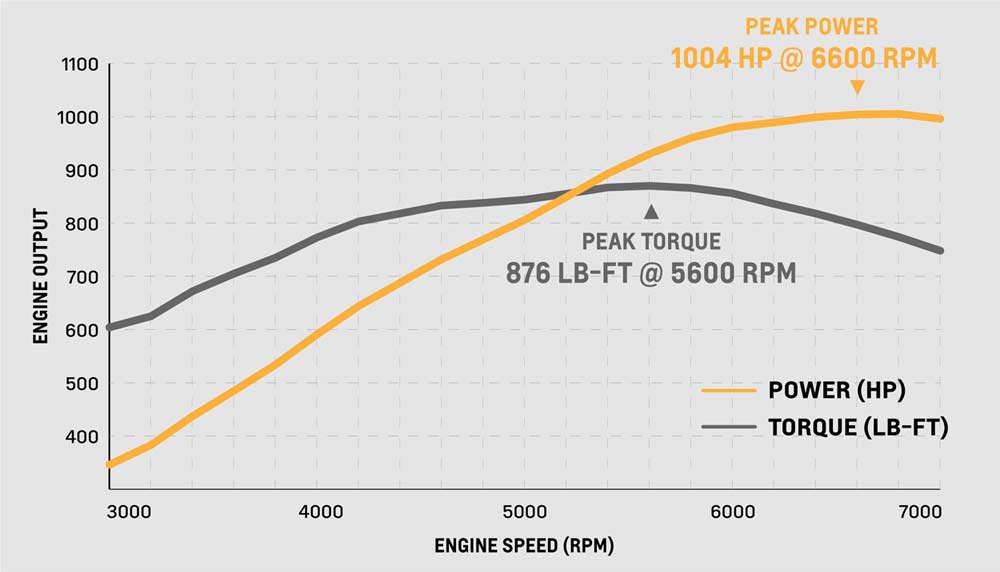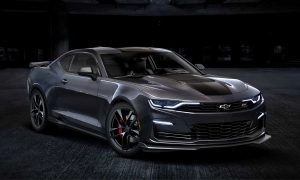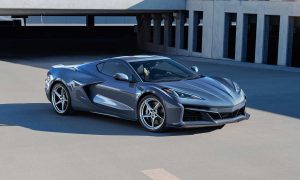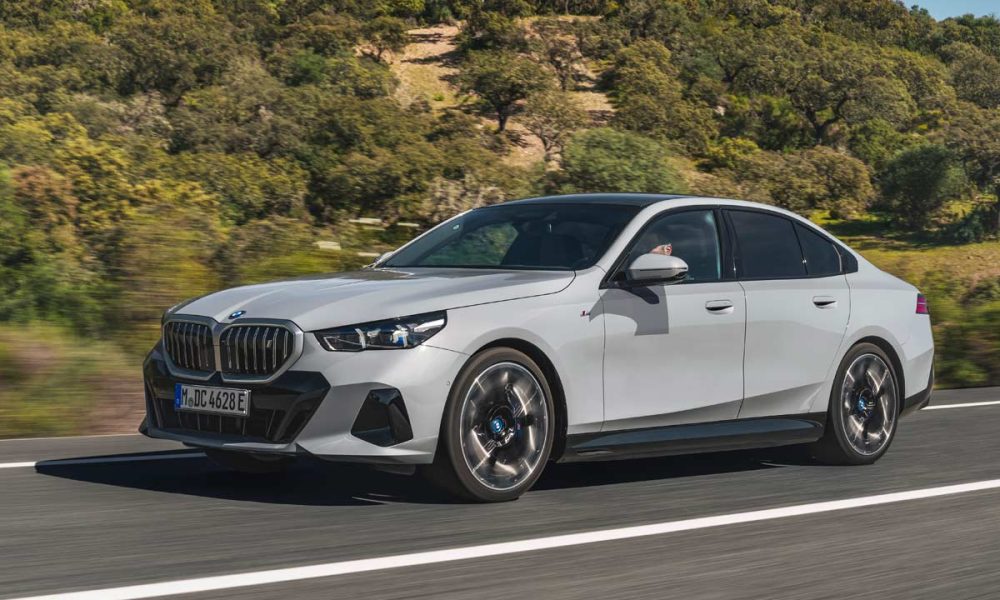Chevrolet has revealed the ZZ632/1000 crate engine, billed as the largest and most powerful crate engine in the brand’s history. The 10.4-litre (10,348 cc) naturally aspirated V8 gasoline engine pumps out 738 kW (1,004 metric hp) and 1,188 Nm (876 lb-ft) of torque on 93-octane pump gas. The biggest and baddest crate engine, as described by GM’s Russ O’Blenes, will be on display at the 2021 SEMA Show in Las Vegas, between November 2nd to 5th. Deliveries are expected to commence early 2022.
This is the biggest, baddest crate engine we’ve ever built. The ZZ632 sits at the top of our unparalleled crate engine lineup as the king of performance. It delivers incredible power, and it does it on pump gas. – Russ O’Blenes, director of the Performance and Racing Propulsion Team
The big block V8 reaches peak power at 6,600 rpm and can rev up to 7,000 rpm. Peak torque is achieved at 5,600 rpm. Fuel is delivered via eight port injectors with the engine breathing through CNC-machined high-flow aluminum cylinder heads featuring symmetrical ports. While big blocks have traditionally been designed with variations in port shape from cylinder to cylinder, all eight intake ports of the ZZ632 have the same length, volume and layout. Similarly, all of the ZZ632’s exhaust ports are identical. This symmetry ensures individual cylinders all produce similar power, Chevrolet said.
The ZZ632’s iron block shares a mold with ZZ572 (9.4L) crate engines, but the castings are machined to accommodate the massive 10.4L displacement. The bore grows by 0.040-inch compared with the 9.4L V8s, with most of the displacement gain coming from a stroke that’s 0.375-inch longer. To provide clearance for that long stroke, engineers modified both the block and the connecting rods. Four-bolt main caps and a forged rotating assembly ensure strength and durability. During development, a single engine endured more than 200 simulated drag strip passes on a dynamometer.

Leave a Reply
Note: Comments that are unrelated to the post above get automatically filtered into the trash bin.
